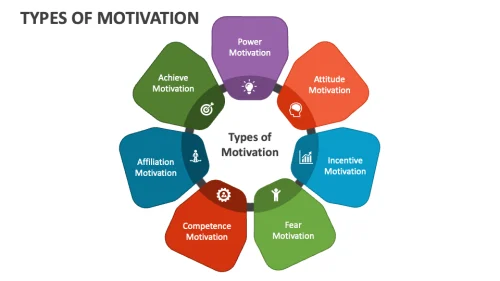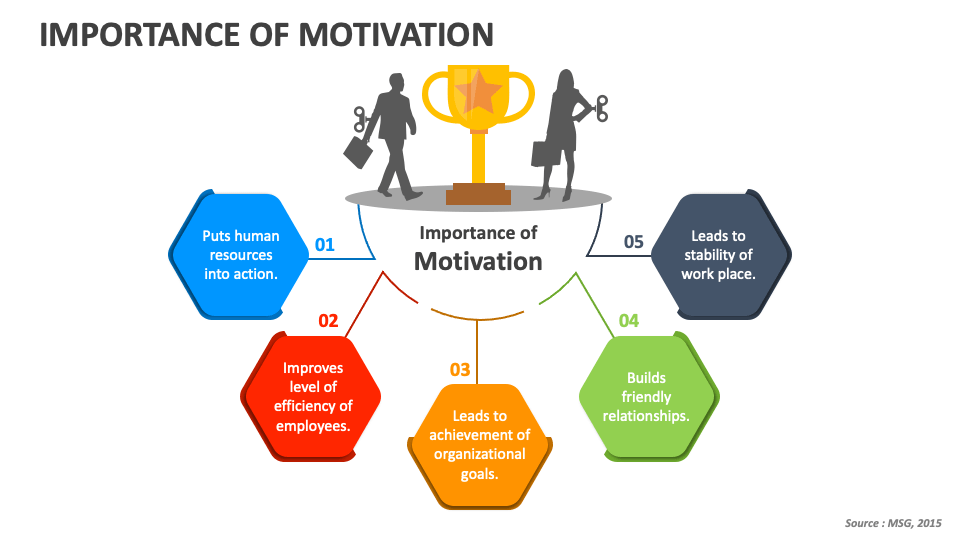Motivation is a cornerstone of effective learning and plays a crucial role in shaping a child’s educational journey. It acts as the internal drive that encourages children to engage, explore, and persist in acquiring new knowledge and skills. A motivated child is more likely to actively participate in lessons, take initiative in learning activities, and approach challenges with curiosity rather than hesitation. Motivation goes beyond simply completing tasks—it helps children develop a genuine love for learning, enhances their problem-solving abilities, and fosters creativity.
Children who are motivated tend to be more resilient, confident, and adaptable, as they learn to embrace mistakes as opportunities for growth rather than setbacks. Motivation also influences how children set goals, manage their time, and sustain focus, all of which are essential for academic success and lifelong learning. A special educator in Noida can play a crucial role in nurturing motivation by creating supportive, stimulating, and personalized learning environments that align with each child’s interests, strengths, and learning style. By understanding and fostering motivation, these educators not only enhance a child’s immediate learning outcomes but also instill habits and attitudes that contribute to long-term personal and intellectual growth.
What are the Types of Motivation?
Motivation in children can be broadly classified into four main types, each playing a distinct role in the learning process and motivation. Understanding these types helps parents, teachers, and therapists design activities that genuinely engage children and foster lifelong learning habits.
- Intrinsic Motivation
Intrinsic motivation comes from within. Children engage in learning because they are curious, enjoy the activity, or want to master a skill. For example, a child fascinated by insects may independently read books about them, draw diagrams, or explore nature. Intrinsic motivation is critical for sustaining engagement over the long term because the child participates in learning for personal satisfaction rather than external rewards. - Extrinsic Motivation
Extrinsic motivation comes from external factors like praise, rewards, grades, or recognition. For example, a child may complete a math worksheet to earn a sticker or to receive praise from a parent or teacher. While extrinsic motivation is effective for initial engagement or teaching new skills, relying solely on it may limit a child’s ability to develop self-driven learning habits. When combined with intrinsic motivation, extrinsic rewards can reinforce positive behaviours and encourage persistence in tasks. - Combined Approach
Research suggests that the most effective motivation often comes from a combination of intrinsic and extrinsic factors. For example, a child who loves painting (intrinsic) may feel extra motivated to complete a school art project when a teacher provides encouraging feedback (extrinsic). This balanced approach strengthens the learning process and motivation by linking internal satisfaction with external recognition.

How Does Motivation Affect Learning & Behaviour?
Motivation plays a pivotal role in shaping a child’s cognitive, emotional, and social growth, particularly in the context of Special Child Development. Its effects include:
- Attention and Focus: Motivated children concentrate better, ignore distractions, and persist in tasks longer. Studies show that attention spans increase when children find meaning or interest in what they are learning.
- Problem-Solving and Creativity: Motivation encourages children to experiment with strategies, try alternative solutions, and develop creative thinking skills. A motivated child learning to build a block tower will try different designs until it stands strong.
- Behavioural Outcomes: High motivation often correlates with positive behaviours, such as perseverance, self-discipline, and willingness to accept challenges. Low motivation may lead to disengagement, avoidance, or frustration.
- Social Interaction: Motivated learners tend to participate more in group activities, collaborate effectively, and communicate ideas confidently. This social engagement reinforces learning and builds empathy and teamwork skills.
- Emotional Development: Children with high motivation experience a sense of accomplishment and increased self-esteem. Conversely, a lack of motivation may lead to frustration, anxiety, or loss of confidence.
By fostering motivation in the process of learning, parents and educators can enhance not only academic outcomes but also social-emotional development, creating well-rounded learners.
Why is Learning Motivation Important?
Motivation is the driving force behind every successful learning experience. Its importance can be understood in multiple ways:
- Encourages Active Participation – Motivated children engage actively with lessons rather than passively completing tasks, enhancing comprehension and retention.
- Promotes Lifelong Learning – Intrinsic motivation instills curiosity and a desire to explore new knowledge, creating learners who continue to grow beyond the classroom.
- Builds Confidence and Independence – Children who experience success through their effort develop self-belief, which encourages them to take on new challenges.
- Improves Cognitive Abilities – Motivation enhances attention, memory, and problem-solving skills, helping children learn more efficiently.
- Supports Individualized Learning – Understanding a child’s unique motivators allows parents and teachers to design personalized learning experiences, making education more enjoyable and effective.
- Influences Behaviour and Emotional Regulation – Motivated children tend to show better self-control, patience, and adaptability, which directly affects learning outcomes.
Research in child psychology consistently highlights that motivation is often a stronger predictor of learning success than intelligence alone. Children with high motivation engage in tasks more deeply, retain knowledge longer, and approach challenges with resilience.

Step-by-Step Strategies to Foster Motivation in Children
Fostering motivation in children is a gradual process that combines understanding, support, and engagement. Implementing effective strategies helps children enjoy learning, persist through challenges, and develop a lifelong love for knowledge. Here’s a comprehensive step-by-step guide:
- Observe and Understand Interests:
Identify the child’s passions and curiosity triggers. Whether it’s music, art, science, or storytelling, integrating these interests into lessons keeps learning engaging. - Set Clear, Achievable Goals:
Break large tasks into smaller, measurable milestones. For instance, learning to write an essay can start with sentence formation, then paragraphs, then full essays. Celebrate each milestone to reinforce effort and sustain motivation in the process of learning. - Make Learning Relevant:
Connect lessons to real-life scenarios. Using grocery shopping to teach math or nature walks for science helps children understand the practical importance of what they learn. - Balance Challenge and Skill Level:
Tasks should slightly stretch a child’s current ability to encourage persistence without causing stress. Gradually increasing difficulty develops confidence and resilience. - Use Multisensory Methods:
Children learn differently—some are visual, others auditory or kinesthetic learners. Use games, role-play, visual aids, storytelling, or hands-on activities to maintain engagement. - Give Constructive and Specific Feedback:
Focus feedback on effort, strategies, and progress rather than outcomes alone. For example: “You tried three ways to solve that problem, and each attempt brought you closer to the solution.” - Encourage a Growth Mindset:
Teach children that abilities grow with practice and mistakes are opportunities to learn. Celebrate effort as much as achievement to cultivate resilience. - Create a Supportive Environment:
A predictable, structured, and emotionally safe environment allows children to focus on learning rather than stressors. Calm, organized spaces with routines help sustain motivation. - Promote Social Learning:
Group activities, cooperative games, and peer discussions enhance learning motivation. Children are naturally motivated by shared experiences and collaboration. - Monitor Progress and Celebrate Achievements:
Visual progress charts, milestone celebrations, and verbal praise for effort show children that their hard work leads to tangible results. Recognition boosts confidence and reinforces motivation in the process of learning.
Conclusion
Motivation is the core of effective learning. Understanding the types of motivation, the ways motivation affects learning and behaviour, and why motivation is essential allows educators and parents to create environments that foster curiosity, persistence, and resilience. When the learning process and motivation are intentionally nurtured, children move beyond simply completing tasks—they explore, experiment, and grow into confident, self-driven learners.
At Nurturers, we specialize in designing individualized learning programs that focus not only on academic skills but also on nurturing emotional and social development. By combining structured teaching, engaging activities, and personalized support, we ensure that motivation in the process of learning becomes a lifelong habit, helping every child reach their fullest potential.

